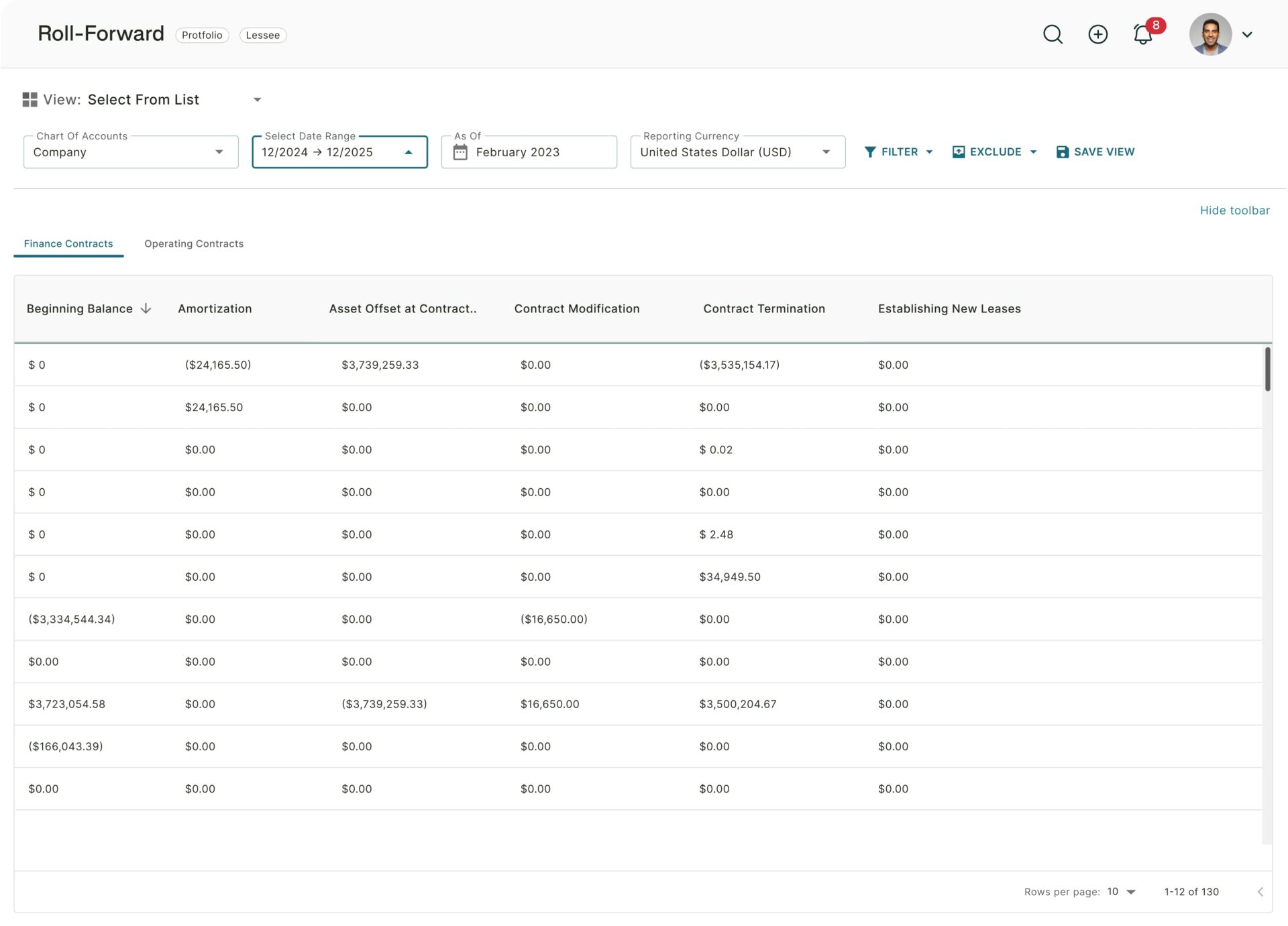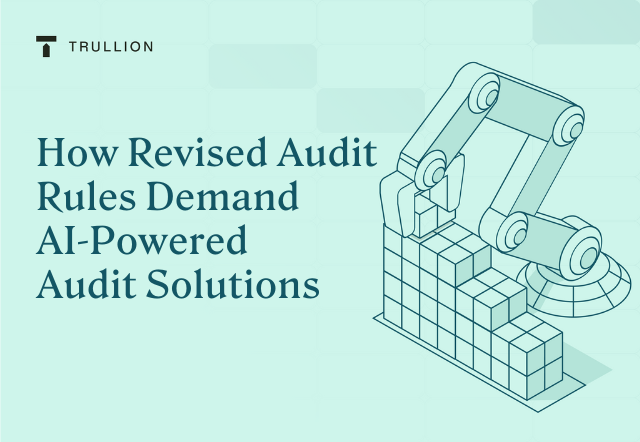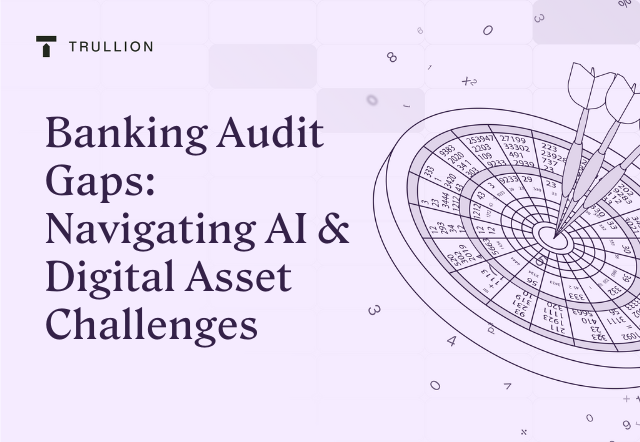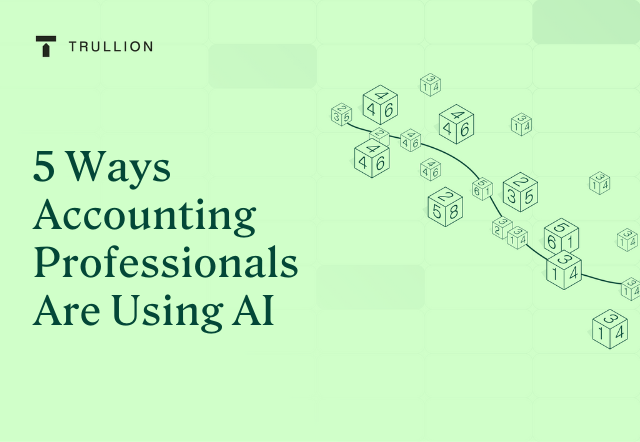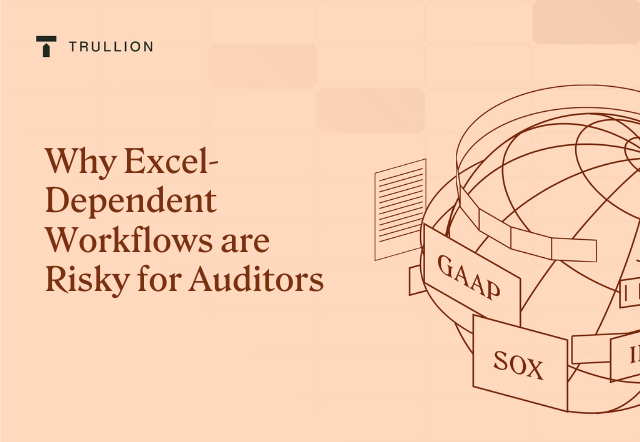1991 was the first year of the internet as we know it.
1991 was also the year AICPA released its standard on audit confirmations, and incredibly this standard has been in use until just recently. On September 28th 2023 however, the PCAOB adopted its new standard “The Auditor’s Use of Confirmation.”
After criticism from some quarters that regulatory and standard-setting bodies weren’t moving fast enough to stay current, there are concerns today that the industry isn’t equipped to handle new standards being released.
While updated rules are a healthy marker of progress towards adapting regulation to capture modern-day risks, major challenges remain.
The Widening Gap Between New Audit Requirements and Accounting Industry Capabilities
The gap between new auditing standards and the industry’s tools and methodologies is widening, posing significant challenges for auditors and organizations alike.
A recent example is new lease accounting standards – including ASC 842 and IFRS 16 – where complexity increased significantly, and those trying to deal with the new standards using old methods faced drastically increased compliance and operational risks.
Specifically, the challenges posed to the industry by these new standards include:
The Pace of Regulatory Change
One of the primary reasons for the disconnect between auditing standards and industry practices is the speed at which regulations are evolving. The regulatory landscape has witnessed a flurry of changes, largely in response to financial crises, corporate scandals, and emerging technologies. These shifts in standards are intended to enhance the quality of audits and improve financial reporting. However, many are struggling to keep up with the pace of these changes, making it increasingly difficult to maintain compliance.
Inadequate Technological Capabilities
While advancements in data analytics, artificial intelligence, and automation offer tremendous potential for improving audit quality, many companies and auditing firms still lack the necessary tools and expertise to leverage these technologies effectively. This results in inefficiencies and potential blind spots in the financial reporting and audit process, making it challenging to meet the new, more rigorous standards.
Limited Access to Financial Data
The increasing complexity and scope of auditing standards often require access to vast amounts of data. However, many organizations do not have the necessary infrastructure or data management systems to provide auditors with the data they need. This lack of access to critical information can hinder the effectiveness of audits and hinder compliance with new regulations.
Growing Complexity of Financial Instruments
Financial markets have become increasingly complex, with a wide array of new financial instruments, derivative contracts, and structured products. Auditors must now grapple with auditing these intricate financial instruments, which often require specialized knowledge and tools. As a result, the industry’s traditional auditing methodologies are struggling to keep up with these new challenges, leaving gaps in the assurance process.
Accounting Talent Shortages
The auditing industry is also grappling with a shortage of skilled professionals who are well-versed in the latest auditing standards and advanced technologies. The rapid evolution of these standards makes it difficult to find auditors with the required expertise, and this talent shortage exacerbates the industry’s struggles to meet the new regulations effectively.
AI-Powered Audit Solutions are the Answer
It takes technology-oriented solutions to effectively deal with technology-driven challenges. AI-powered audit solutions are the key to closing the gap between the requirements of new auditing standards and the companies obligated to comply with these regulations.
First, AI can significantly enhance efficiency by automating routine tasks such as data extraction and processing, allowing accounting teams and auditors to focus on higher-value, judgment-based tasks. This not only accelerates the audit process but also reduces the risk of errors associated with manual data entry, ensuring greater compliance with new standards.
Second, AI-driven analytics provide auditors with advanced tools to analyze vast datasets quickly and accurately. By applying machine learning algorithms, AI can identify patterns, anomalies, and potential risks within financial data, enabling auditors to better understand complex financial instruments and make more informed decisions.
Third, AI-powered audit solutions improve the accuracy and thoroughness of audits by minimizing cognitive biases and human errors. Auditors are susceptible to various cognitive biases, such as confirmation bias and overconfidence, which can impact the quality of their work. AI systems, on the other hand, rely on data-driven analysis and follow predefined algorithms, reducing the influence of such biases. This objectivity and consistency result in more reliable audits that align with the new standards, ultimately enhancing the credibility of the audit process and the financial industry as a whole.
Charting the Way Forward with AI-Powered Accounting and Audit Solutions
There is no question that revised audit standards are required in order to maintain the trust and integrity of the audit industry specifically and financial reporting in general.
However as we’ve already seen, there are questions regarding whether the industry currently has the tools and methodologies to meet the requirements of the new standards.
Without modern tools, the task will be messy, inefficient and error-prone. We’ve seen this with the likes of ASC 842, IFRS 16, ASC 606 and IFRS 15.
However, by incorporating the latest technological developments, an AI-powered platform such as Trullion can help companies and audit firms seamlessly handle the constantly evolving standards the industry is likely to encounter in the coming years.


